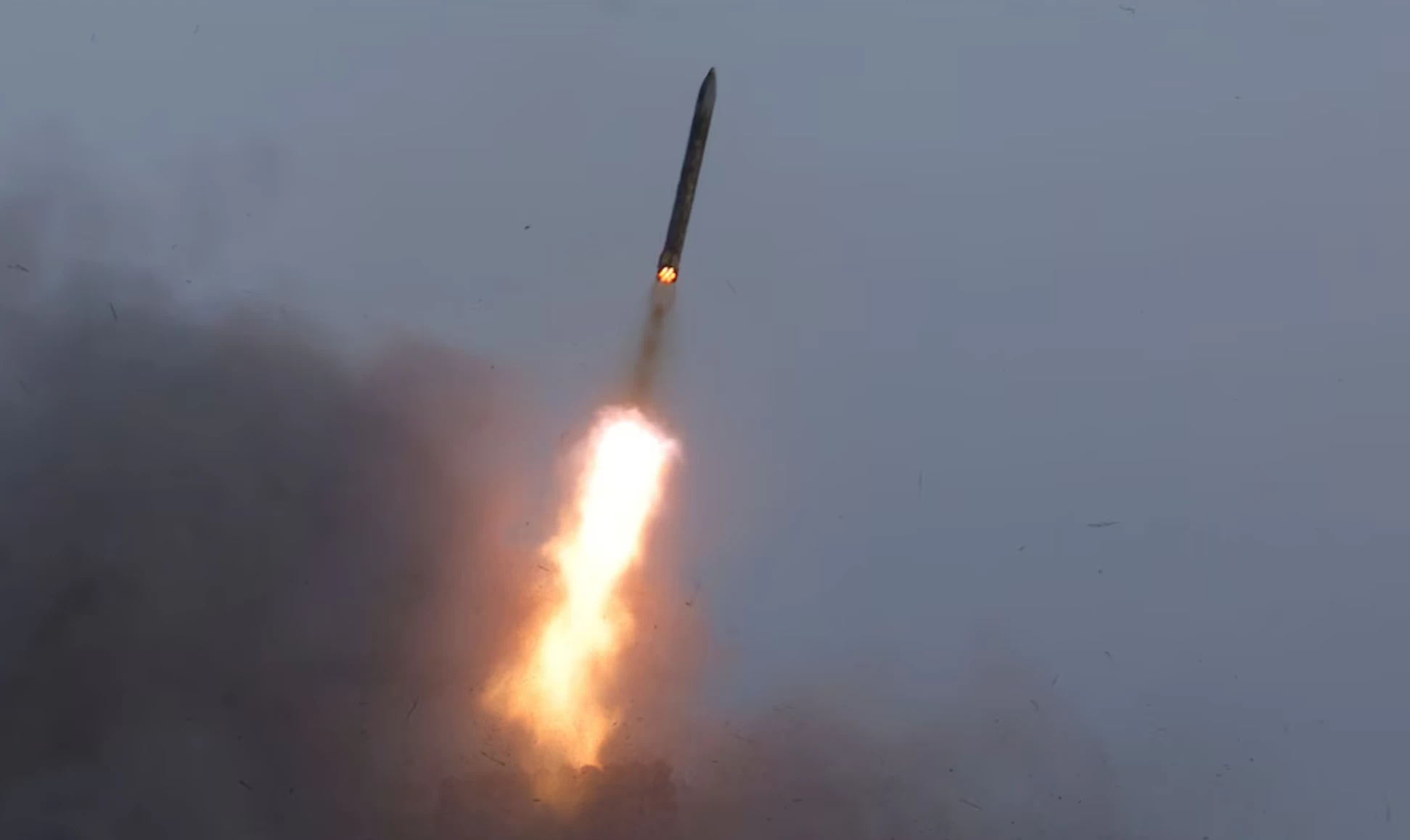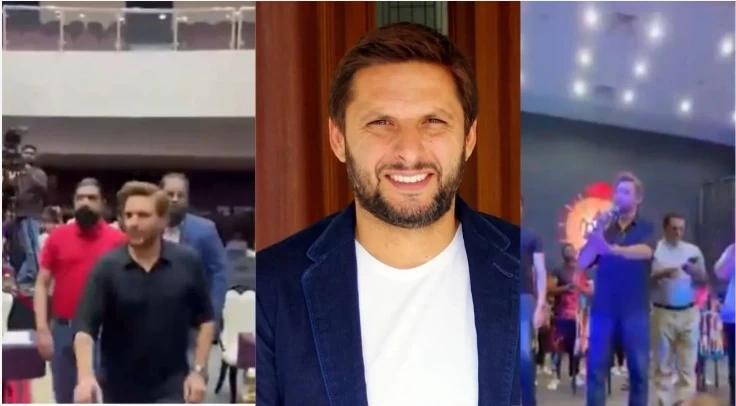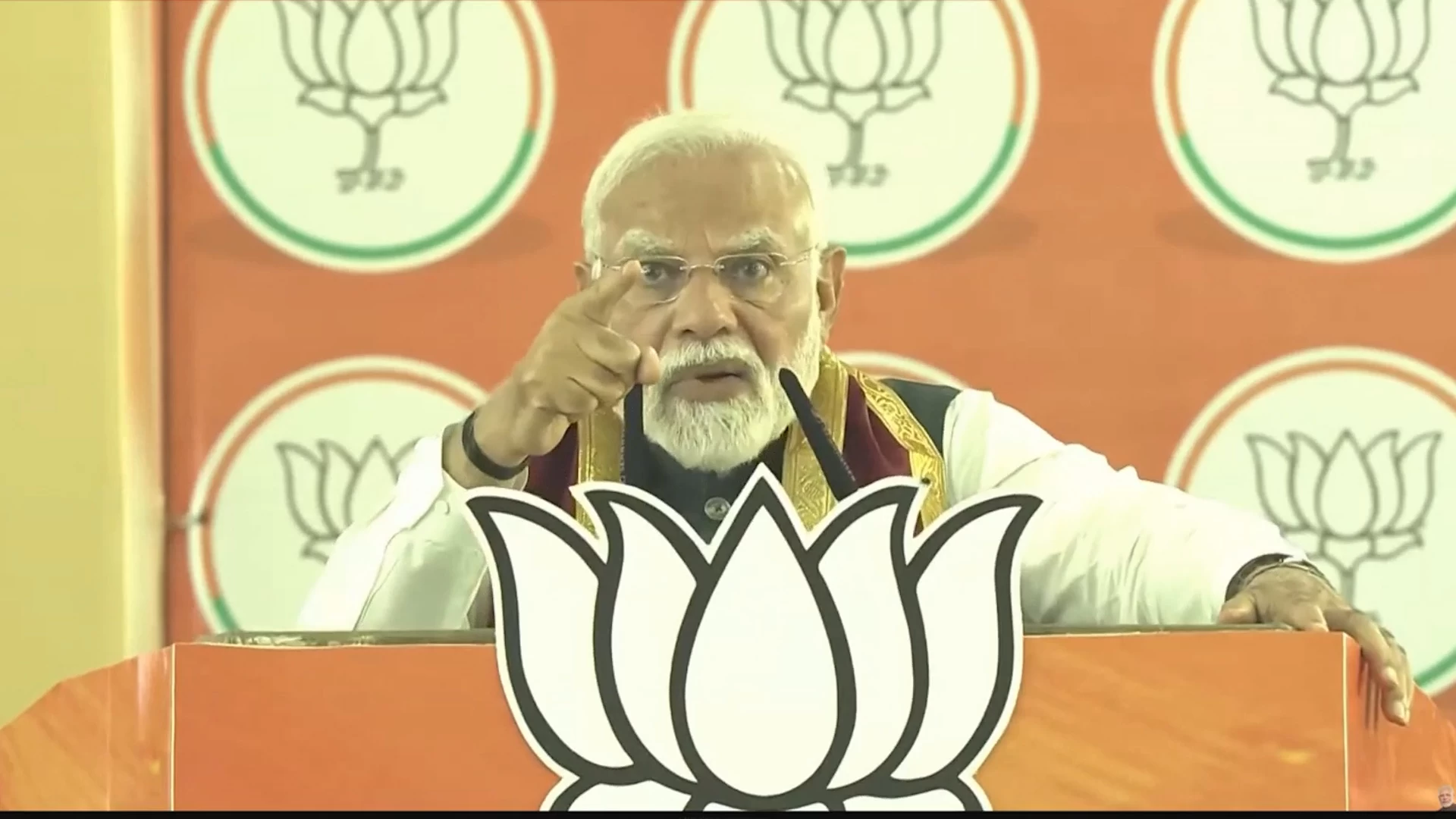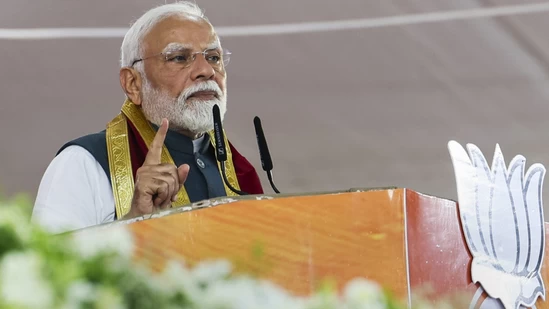Latest Updates
Tahawwur Rana Extradited to India After 14 Years, to Face Trial in 26/11 Case

Fourteen years after the arrest in the United States, Tahawwur Hussain Rana has finally been extradited to India to face trial in connection with the 26/11 Mumbai terror attacks. His extradition comes after the US Supreme Court rejected his final appeal, clearing the way for Indian authorities to bring him back.
Rana, a Pakistani-origin Canadian national, will be landed in India today under tight security. He will be taken to Delhi, where the NIA had registered a separate case against him in 2009 for his alleged role in the Mumbai attacks.
A Long Road from Chicago to Delhi
Rana was first arrested in Chicago in 2009—not for the Mumbai attacks, but for his role in an aborted terror plot against a Danish newspaper that published cartoons of Prophet Muhammad. In 2011, he was convicted for supporting Lashkar-e-Taiba (LeT), the Pakistan-based terror outfit responsible for the 26/11 attacks, and for facilitating the Denmark plot. He was released in 2020 but re-arrested after India formally sought his extradition for his suspected role in the Mumbai terror conspiracy.
Who Is Tahawwur Rana?
Born on January 12, 1961, in Chichawatni, Pakistan, Rana served in the Pakistan Army Medical Corps before migrating to North America. He ran an immigration consultancy called First World Immigration Services with offices in Chicago and elsewhere.
Investigators say Rana wasn’t just an entrepreneur—he was also a key facilitator for LeT. According to a 405-page supplementary charge sheet filed by the Mumbai Crime Branch, he was in India from November 11 to 21, 2008, just days before the attacks began. He stayed in a Powai hotel on November 20 and 21 before flying out to Beijing via Dubai.
The Missing Link in the 26/11 Plot
As per Mid-Day, The Mumbai Crime Branch has built its case around testimony from 14 to 15 witnesses and digital evidence tying Rana directly to David Coleman Headley—his longtime friend and a reconnaissance agent for LeT.
Rana allegedly helped Headley gather intelligence on potential targets in Mumbai. In conversations with hotel staff, he reportedly discussed crowded locations—some of which were attacked during 26/11, including the Chhatrapati Shivaji Maharaj Terminus (CSMT).
Email communications between Rana and Headley also came under scrutiny. In one exchange, Headley asked Rana for help regarding a political party worker he had met while pretending to be a tourist. Rana advised him to get in touch with Major Iqbal, a key handler of the operation from Pakistan’s ISI. The Political party worker later confirmed his meeting with Headley to Indian investigators.
The 26/11 Mumbai terror attacks killed 166 people, including top ATS officials like Hemant Karkare, and injured more than 300. Although several arrests have been made over the years, at least 49 accused remain at large mostly believed to be in Pakistan.
Rana's arrival in India marks a major diplomatic and investigative milestone. Earlier this year, Maharashtra Deputy Chief Minister Devendra Fadnavis had expressed confidence that Rana would be extradited. With his return, Indian authorities now hope to fill in crucial gaps in the 26/11 conspiracy puzzle.









